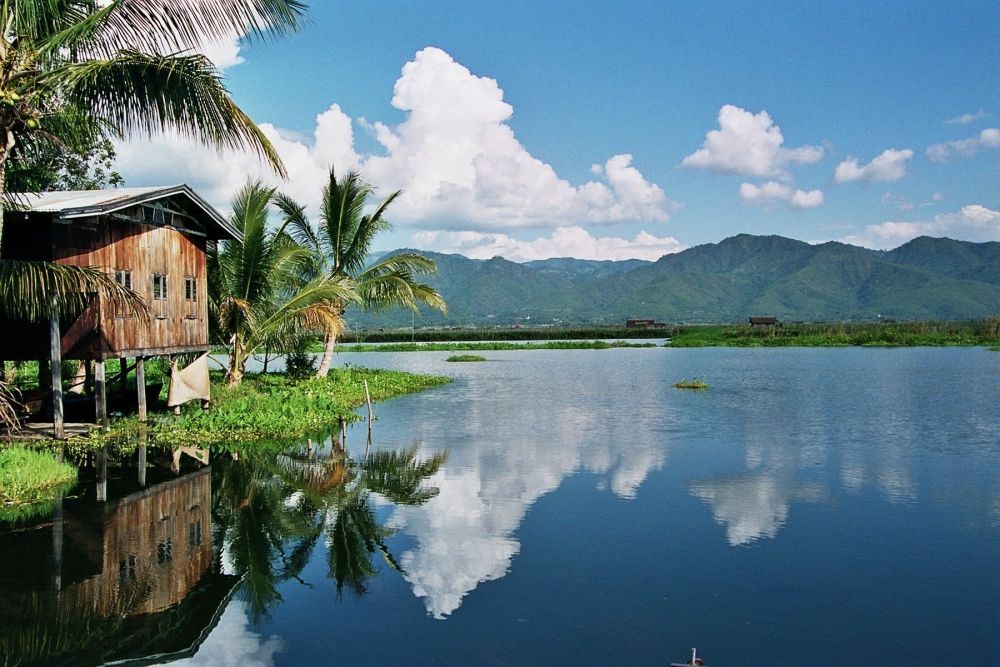

Inle Lake, situated in the Nyaungshwe Township of Shan State, Myanmar, is one of the country's most magical and picturesque destinations. The lake is renowned for its exceptional beauty, the unique leg-rowing fishermen, and the floating villages and gardens, making it a staple in Myanmar's burgeoning tourism industry.
The tourism history of Inle Lake is relatively recent, largely beginning after Myanmar (formerly known as Burma) opened to international tourism in the late 20th century. Initially, only a small number of intrepid travelers visited the region, drawn by tales of its natural beauty and the distinctive culture of the local Intha people. The area was remote and facilities for tourists were minimal, but those who made the journey were rewarded with an experience that felt untouched by time.
In the decades that followed Myanmar's introduction to global tourism, the government and private investors began to recognize Inle Lake's potential as a tourism hotspot. The late 1990s and early 2000s saw significant infrastructure development, with the establishment of a range of accommodation options, from simple guesthouses to luxury resorts. Local tour operations sprang up, offering boat tours, trekking, and cultural experiences.
Understanding the delicate balance between cultural preservation and tourism, the governance of the lake's resources has involved collaboration between the government, non-government organizations, and the local community. Efforts include establishing sustainable tourism practices that allow visitors to enjoy the lake while protecting the environment and the traditional way of life for the Intha people.
The turn of the 21st century marked an increasing interest in Inle Lake, and the number of visitors continued to rise until global events, such as political changes within Myanmar and the COVID-19 pandemic, led to fluctuations in tourism numbers. The political situation in Myanmar, in particular, has at times both encouraged and discouraged international visitors.
In recent years, the tourism trend at Inle Lake has been moving towards sustainable and responsible travel. Tourists are increasingly seeking authentic experiences that benefit local communities and have less environmental impact. This includes community-based tourism projects, eco-friendly lodges, and activities that promote cultural exchange.
Today, Inle Lake remains a top destination for travelers to Myanmar. It offers a unique glimpse into the lives of its residents with opportunities such as visiting the floating markets, exploring ancient pagodas, and observing the leg-rowing fishermen. As tourism trends continue to evolve, Inle Lake's stakeholders are actively working to ensure that this precious destination can be enjoyed responsibly for generations to come.